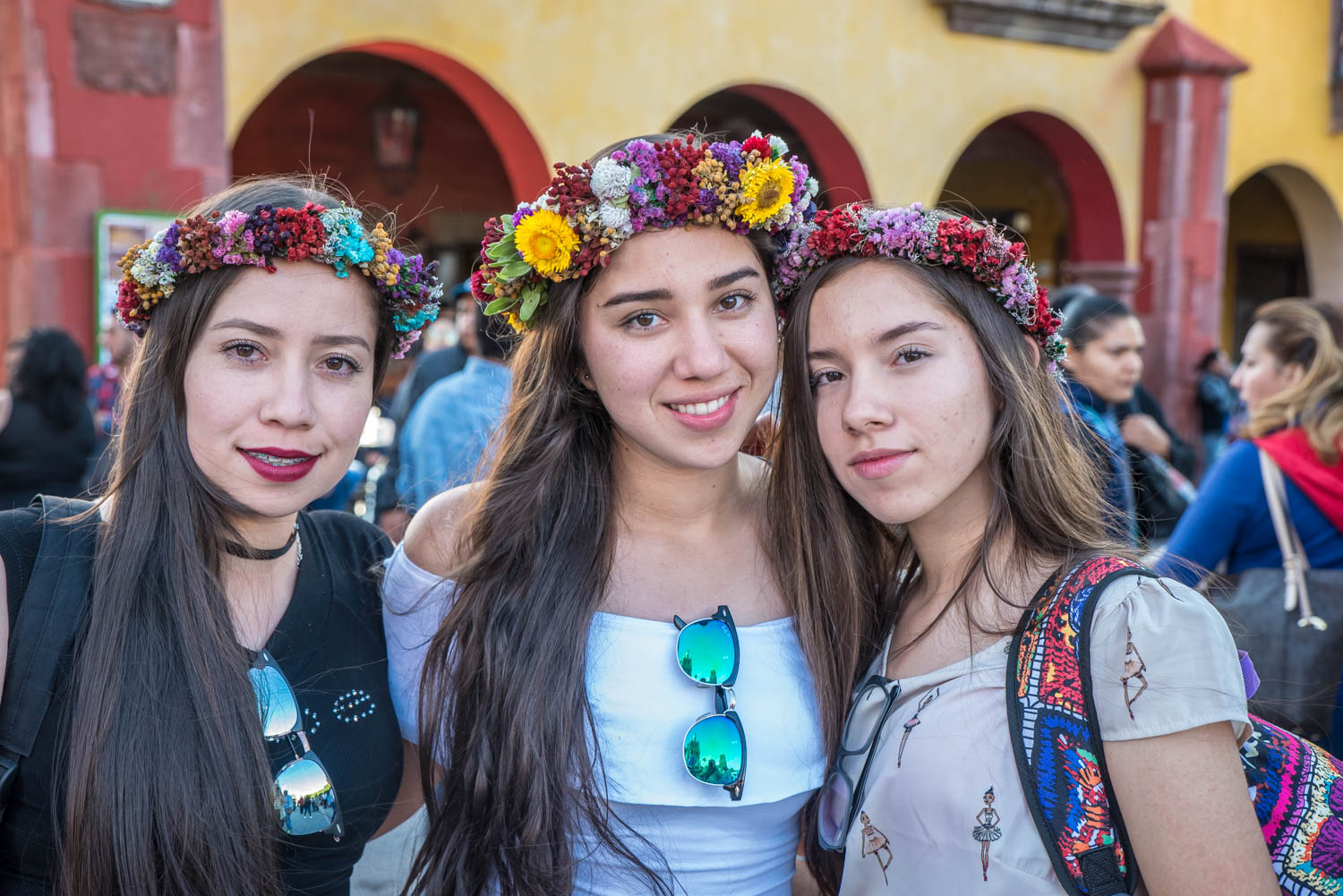When flower crowns first appeared for sale in the Jardin a few years back I thought it was a ridiculous idea. For years they had been used during burials to disguise the smell of death. Who wants that image in, or on, their head?
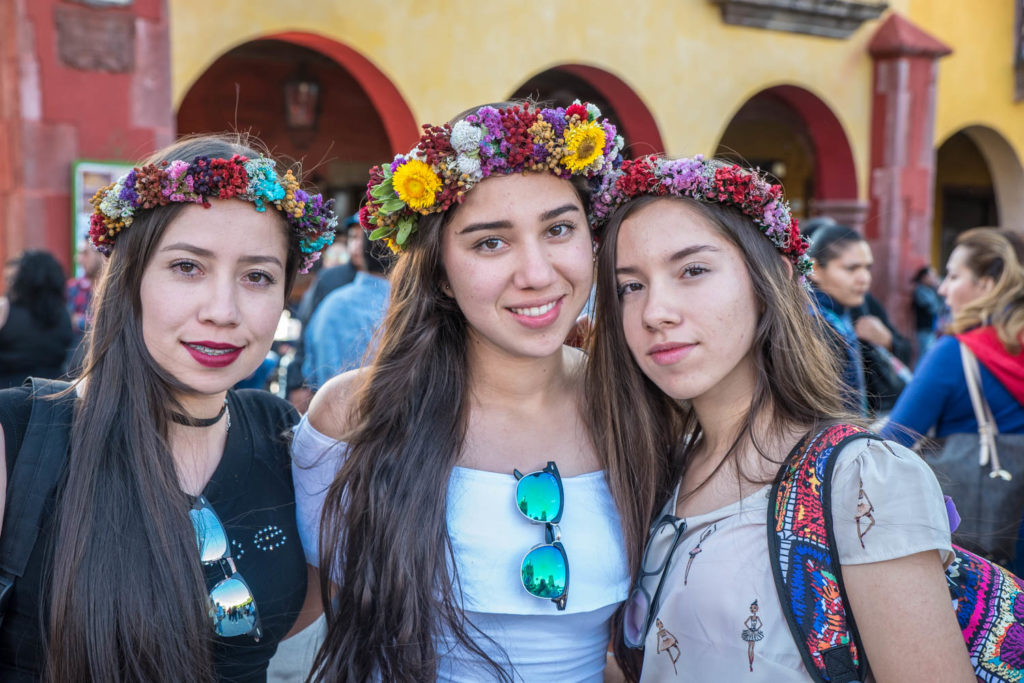
As often when I’m wrong about something, I’m totally wrong. The flower crowns became uber-popular and as I traveled around Mexico dancing at various festivals I was made aware flower crowns have a universal appeal and a surprisingly long history.
Flower crowns trace back to the classical worlds. Ancient Greeks proclaimed the floral wreath symbolic of glory, power and eternity.
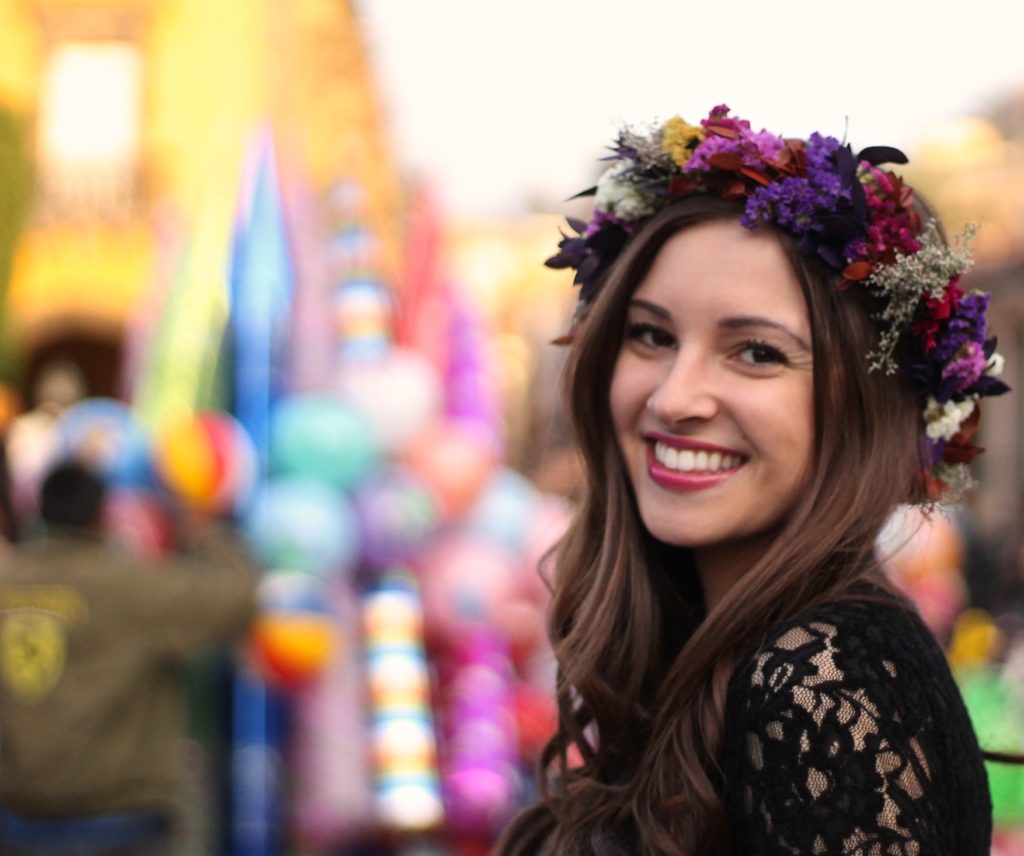
Ancient gods and goddesses were often represented in art and literature wearing specific plants dedicated to them. For example, the beautiful nymph Daphne manages to escape her pursuer, the god Apollo, by turning herself into a laurel tree. Apollo cuts off a branch from the tree and exclaims, though she can’t be his wife he’ll keep her laurel leaves in his hair forever. He keeps his word, and as a result is depicted wearing a laurel wreath as a symbol of his love for Daphne. Apollo is the god of poets and writers, and where the term poet laureate comes from.
In Rome, the Floralia festival was held in honor of Flora, goddess of flowers, vegetation, and Spring so it’s no surprise that a headpiece made of flowers was the must-have accessory.
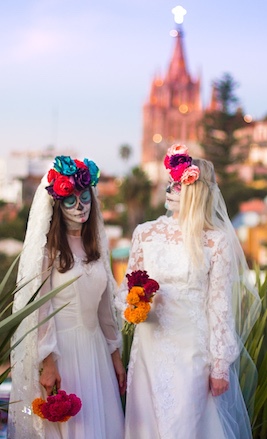
In Medieval Europe the flower crown fell out of fashion as pagan religions used them in religious ceremonies and to adorn statues of their gods, actions the Church didn’t want continued. However, with the Renaissance’s interest in classical art flower crowns became widely featured in art depicting gods, Venuses and nymphs. As always, life imitates art and using flower crowns in Catholic festivals and on statues of Virgins and saints became popular.
To this day, May is the peak month for selling white flower crowns as girls wear them while bringing flowers to honor Mary at the Chapel of Good Health on Plaza Civica. A tradition rooted in the Victorian European celebration of May Day when children were sent out to pick flowers.
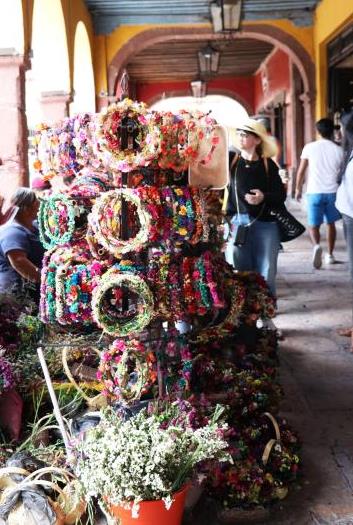
In middle European countries girls of a marriageable age would wear flower crowns. During the wedding ceremony, wreaths made out of periwinkle and myrtle were placed on top of the couple’s heads after the vow exchange.
Indigenous Americans also used wreaths in their culture. The Cheyenne tribe wore them during sacred ceremonies, dances, rituals, and songs. Willow, sage or cottonwood were the main ingredients of their head wreath.
In China, the orange blossom flower crown was customarily worn during a wedding. Since orange trees blossom and bear fruit at the same time, they’re meant to symbolize fertility and were thought to bring children to a marriage.
Like the white wedding gown, Queen Victoria also brought the flower crown into vogue as a symbol of femininity, romanticism and purity for brides. Victoria wore an orange blossom wreath (the idea borrowed from the Chinese) in her hair for her wedding to Prince Albert in 1840. After that, orange blossoms became so closely associated with weddings that the phrase “to gather orange blossoms” took on the meaning “to seek a wife.”
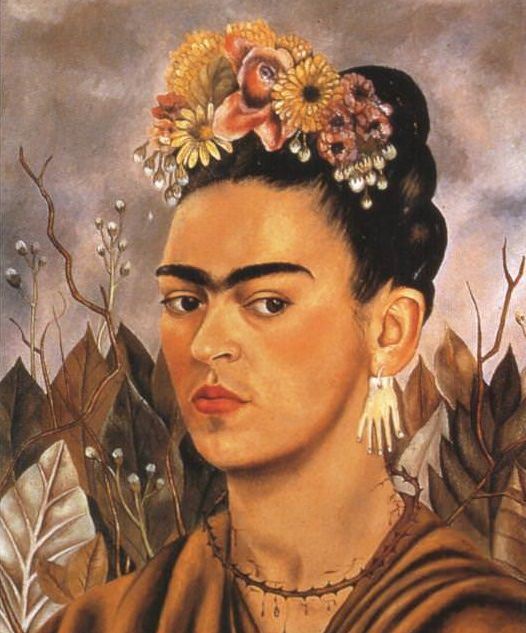
Diametrically opposite the prim Victorians, flower children of the late 1960s donned botanical wreaths in their messy hair as a way to express their connection to nature and embody the ideals of their peace and love lifestyles. Though the hippie style was a subculture at the time, it influenced mainstream fashion, thus bringing flower crowns back into style at weddings.
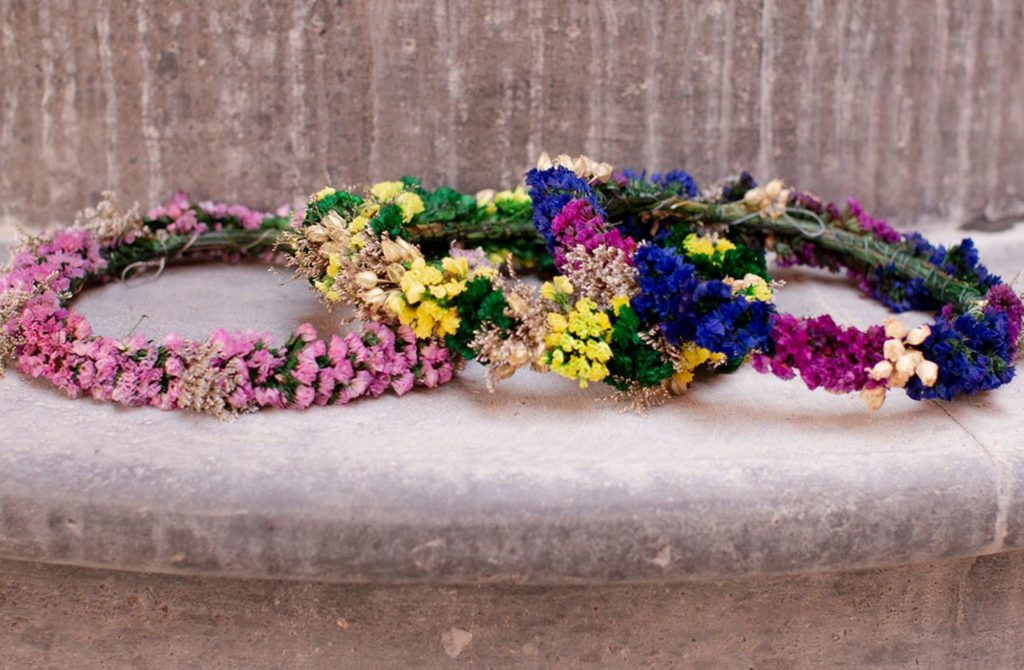
20th-century painter, Frida Kahlo’s, self-portraits feature flower crowns as an evocative symbol of Mexico’s naturalism. For her, like for many other artists, flowers symbolized sexuality and she never separated her sexuality and personality from her femininity. Frida promoted flowers ability to adorn not just a space, but a person transfixing the worlds of art and fashion immeasurably.
So why are we so obsessed with flower crowns? Flower crowns have been a symbol of love, fertility and celebration throughout history and around the world. The floral orbs highlight femininity and romanticism continuing to be a hit at weddings, the jardin and possibly even more of Beyonce’s Vogue covers.
by Joseph Toone
- TripAdvisor’s top tour guide in San Miguel de Allende with History and Culture Walking Tours and Joseph Toone Tours.
- Amazon’s best selling author of the San Miguel de Allende’s Secrets book series on making your adventures around town unique.
- Creator of the Maria Dolls coloring book helping indigenous doll makers.

